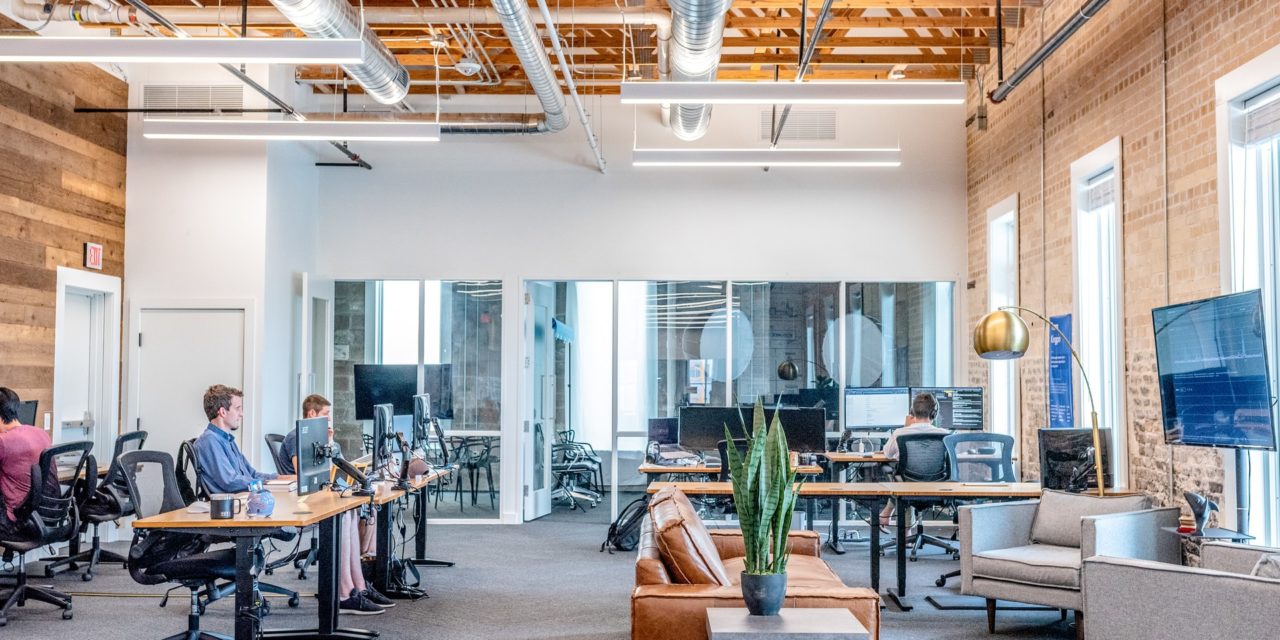[ad_1]
What are printers? A printer is an output device that prints characters, symbols, and perhaps graphics on paper. The printed output is generally referred to as hardcopy because it is in relatively permanent form. Softcopy refers to temporary images such as those displayed on a monitor. Printers are categorized according to whether or not the image produced is formed by physical contact of the print mechanism with the paper. Impact printers have contact; nonimpact printers do not.
Impact printers
An impact printer has mechanisms resembling those of a typewriter. It forms characters or images by striking a mechanism such as a print hammer or wheel against an inked ribbon, leaving an image on paper. Impact printers are dying out; however, you may still come in contact with a dot-matrix printer. A dot-matrix printer contains a print head of small pins that strike an inked ribbon, forming characters or images. Print heads are available with 9, 18, or 24 pins; the 24-pin head offers the best print quality. Dot-matrix printers permit a choice between output of draft quality; a coarser-looking 72 dots per inch vertically, which may be acceptable for drafts of papers and reports, and near-letter-quality, a crisper-looking 144 dots per inch vertically, which is more suitable for a finished product to be shown to other people.
Dot-matrix printers print about 40-300 characters per second (cps) and can print some graphics, although the reproduction quality is poor. Color ribbons are available for limited use of color. Dot-matrix printers are noisy, inexpensive, and they can print through multipart forms, creating several copies of a page at the same time, which ninimpact printers cannot do.
Another type of impact printer is not used with microcomputers. Large computer installations use high-speed line printers, which print a whole line of characters at once rather a single character at a time. Some, called chain printers, contain characters on a rotating chain; others, called band printers, contain characters on a rotation band. Speeds of up to 3000 lines a minute may be possible with these machines.
Nonimpact Printers
Nonimpact printers, used almost everywhere now, are faster and quieter than impact printers because they have fewer moving parts. Nonimpact printers form characters and images without direct physical contact between the printing mechanism and the paper.
Two types of nonimpact printers often used with microcomputers are laser printers and ink-jet printers.
Laser Printer: Like a dot-matrix printer, a laser printer creates images with dots. However, as in a photocopying machine, these images are created on a drum, treated with a magnetically charged ink-like toner (powder), and then transferred from drum to paper.
– There are good reasons why laser printers are so popular. They produce sharp, crisp images of both text and graphics, providing resolutions from 300 dpi up to 1200 dpi, which is near-typeset quality (NTQ). They are quiet and fast. They can print 4-32 text-only pages per minute for individual microcomputers, and more than 120 pages per minute for mainframes. (Pages with more graphics print more slowly.) They can print in many fonts (type styles and sizes). The more expensive models can print in different colors.
– Laser printers have built-in RAM chips to store documents output from the computer. If you are working in desktop publishing and printing complicated documents with color and many graphics, you will need a printer with a lot of RAM. Laser printers also have their own ROM chips to store fonts and their own small dedicated processor. To be able to manage graphics and complex page design, a laser printer works with a page description language, a type of software that has become a standard for printing graphics on laser printers. A PDL (page description language) is software that describes the shape and position of letters and graphics to the printer. PostScript, from Adobe Systems, is one common type of page description language; HPGL, Hewlett-Packard Graphic Language, is another.
Ink-jet printer: Like laser and dot-matrix printers, ink-jet printers also form images with little dots. Ink-jet printers spray small, electrically charged droplets of ink from four nozzles through holes in a matrix at high speed onto paper.
– Ink-jet printers can print in color and are quieter and much less expensive than a color laser printer. However, they are slower and print in a somewhat lower resolution (300-720 dpi) than laser printers. Some new, expensive ink-jet printers print up 1200 or 1400 dpi. High resolution output requires the use of special coated paper, which costs more regular paper. And, if you are printing color graphics at a high resolution on an ink-jet printer, it may take 10 minutes or more for a single page finish printing.
– A variation on ink-jet technology is the bubble-jet printer, which use miniature heating elements to force specially formulated inks through print heads with 128 tiny nozzles. The multiple nozzles print fine images at high speeds. This technology is commonly used in portable printers.
Things to take into account when buying a printer, is the printer easy to set up? Easy to operate? Do I need color? or black will do? Does the manufacturer offer a good warranty and good telephone technical support? Otherwise it's wise to own your own personal printer and get to know the answer to these questions.
[ad_2]
Source by Makabongwe Maseko

